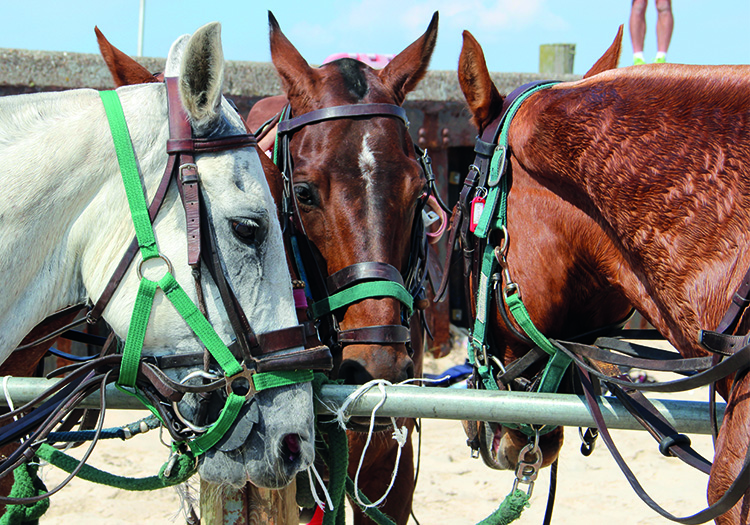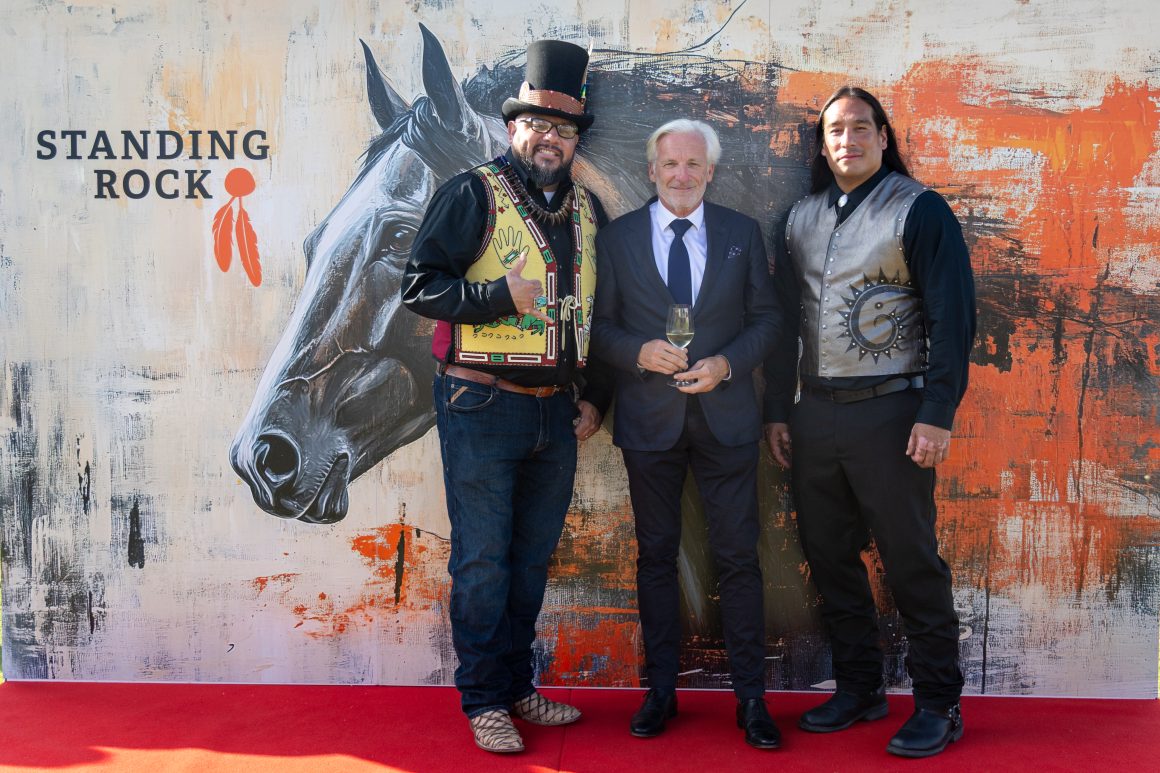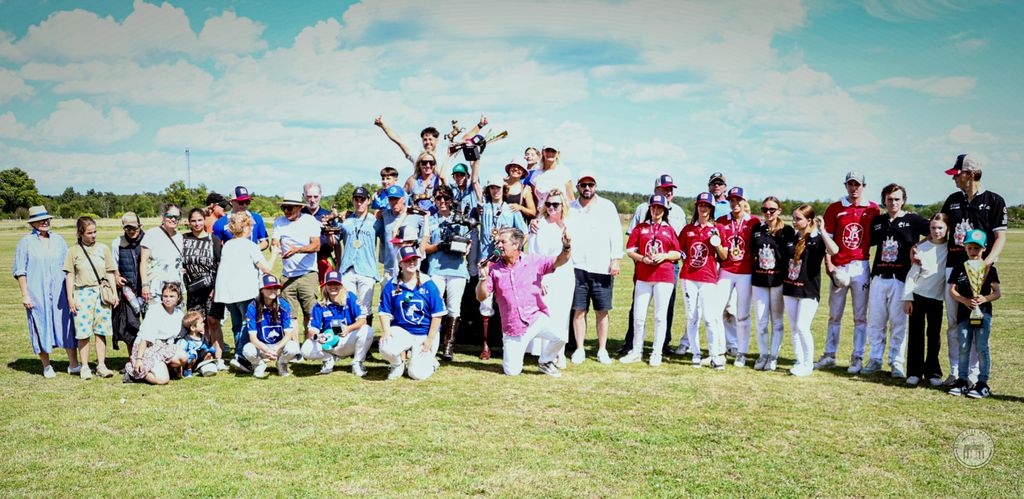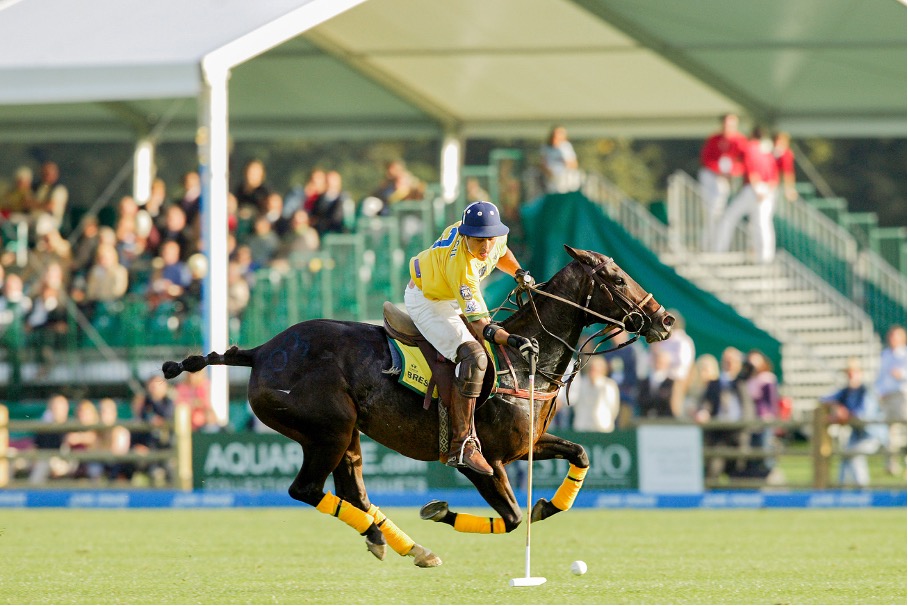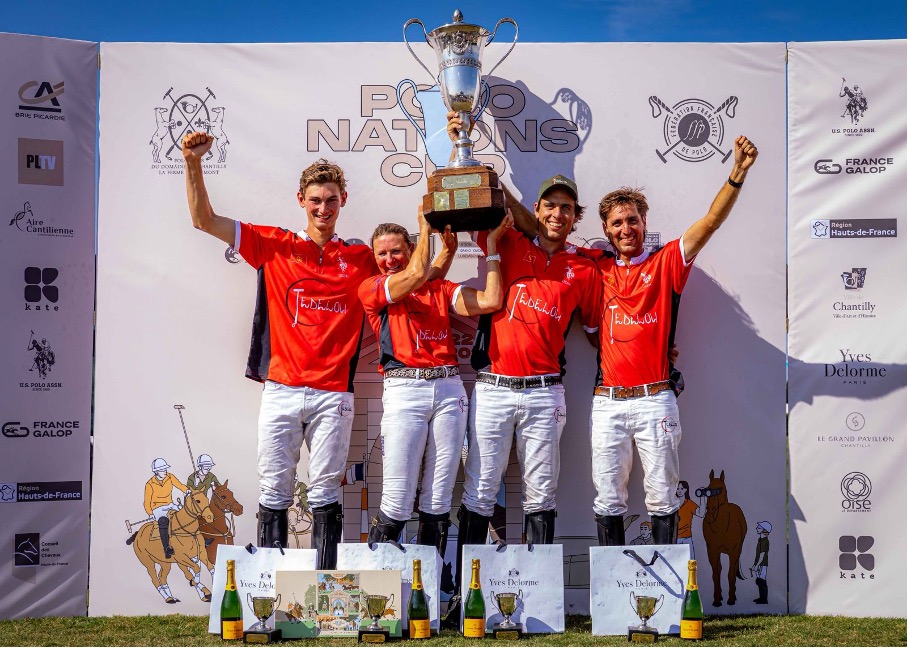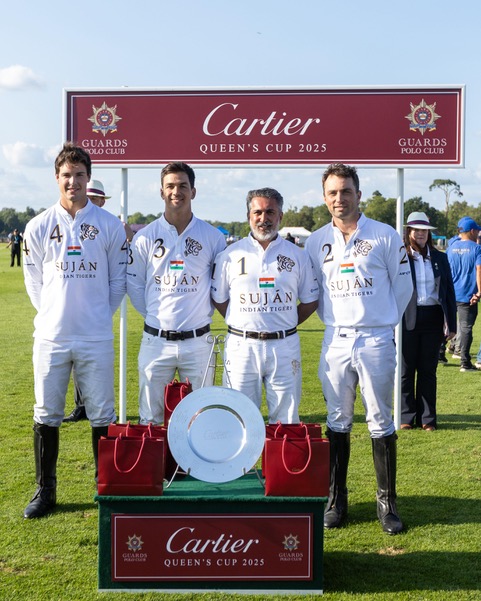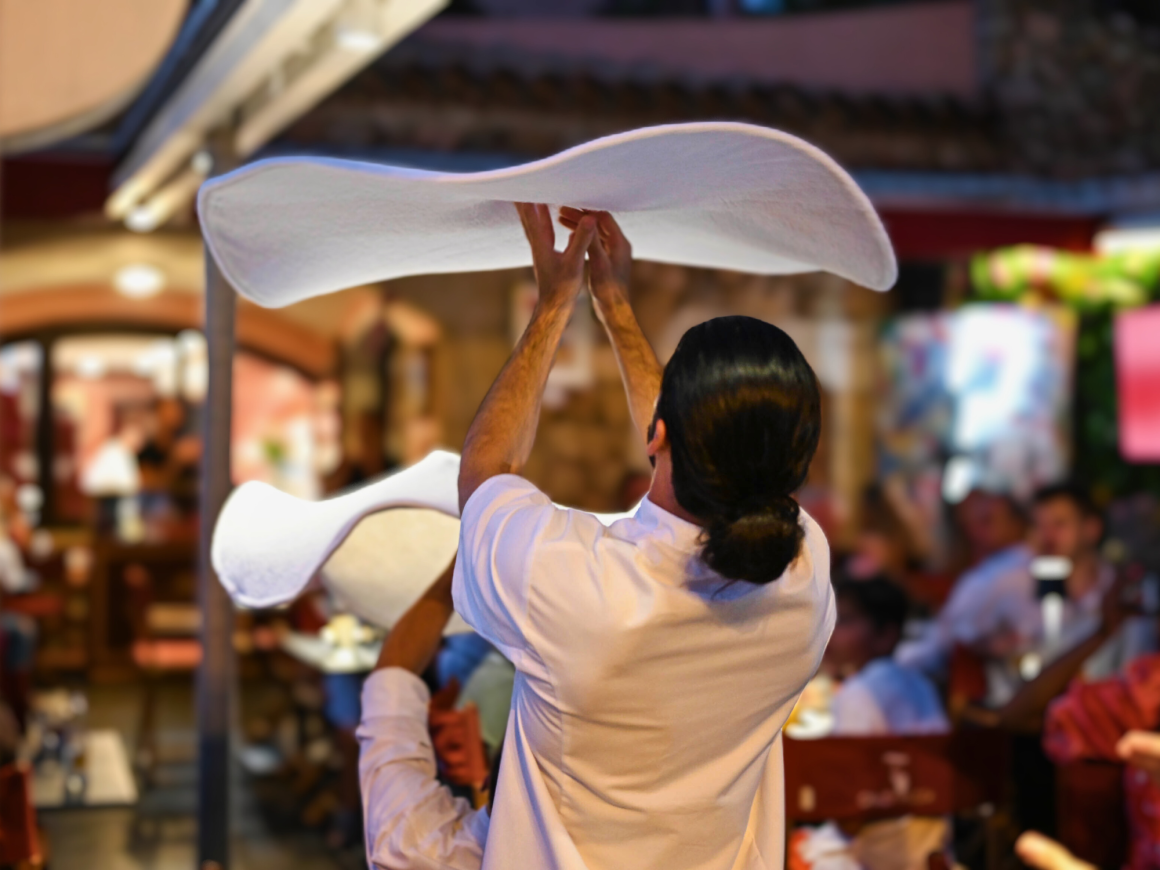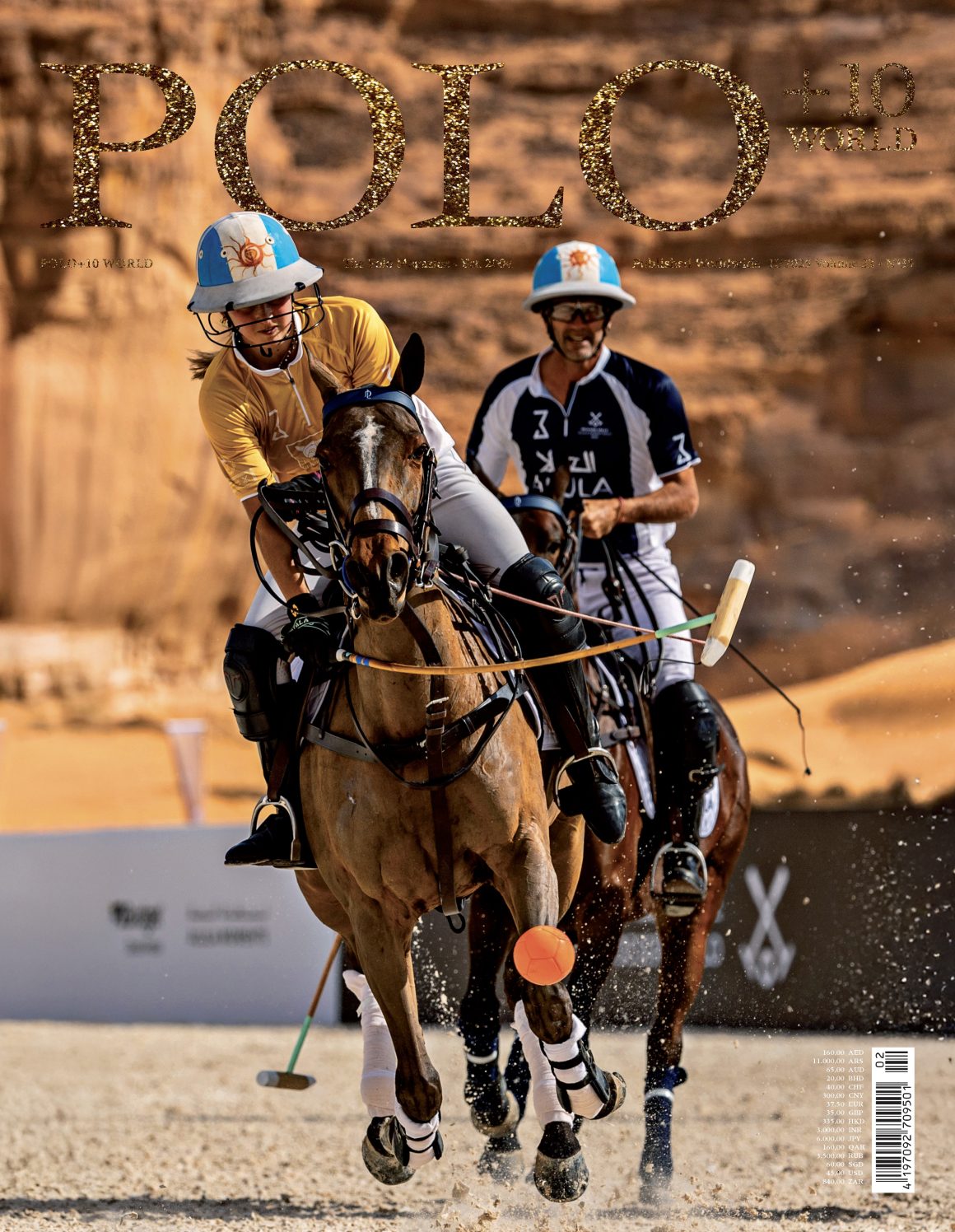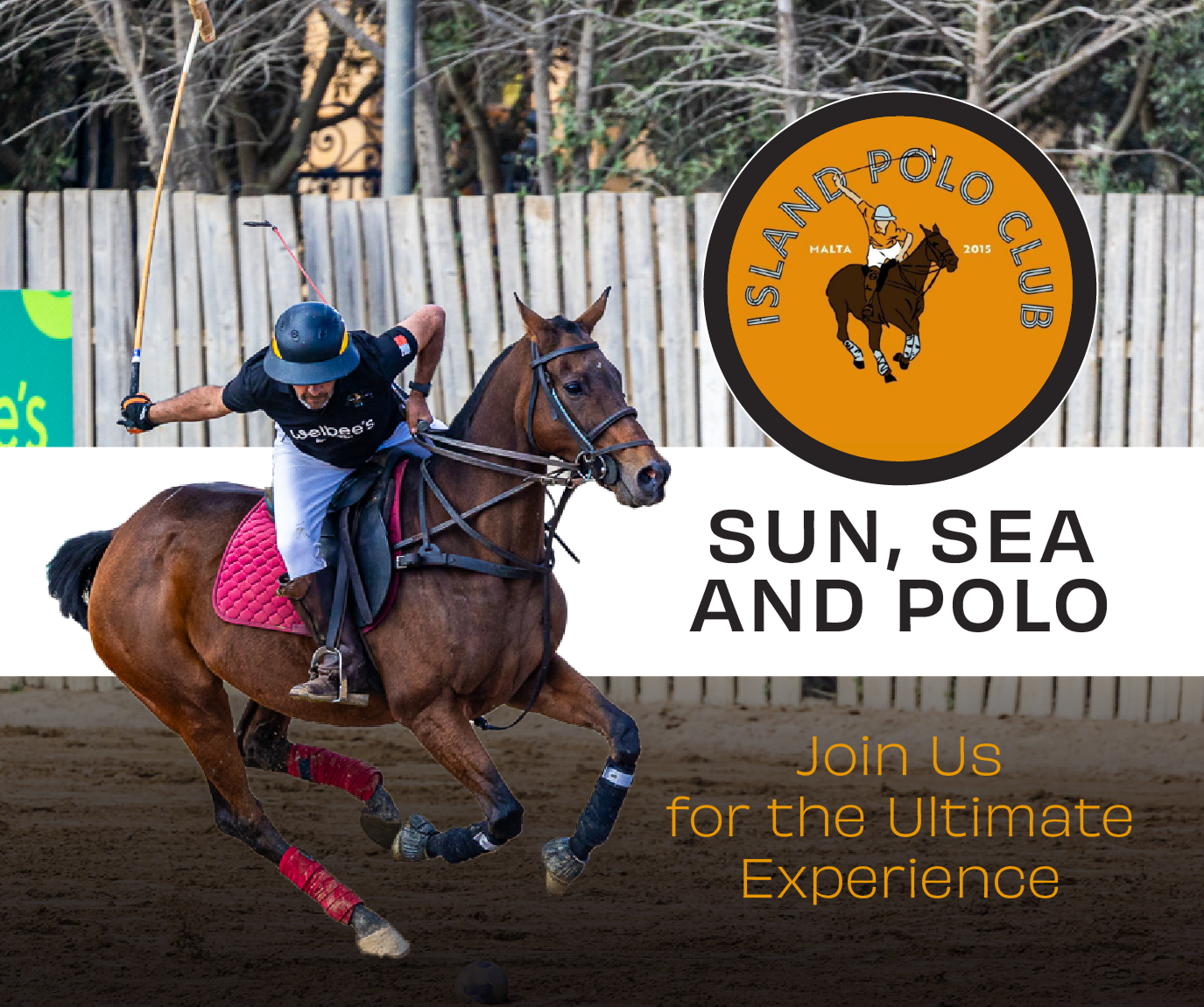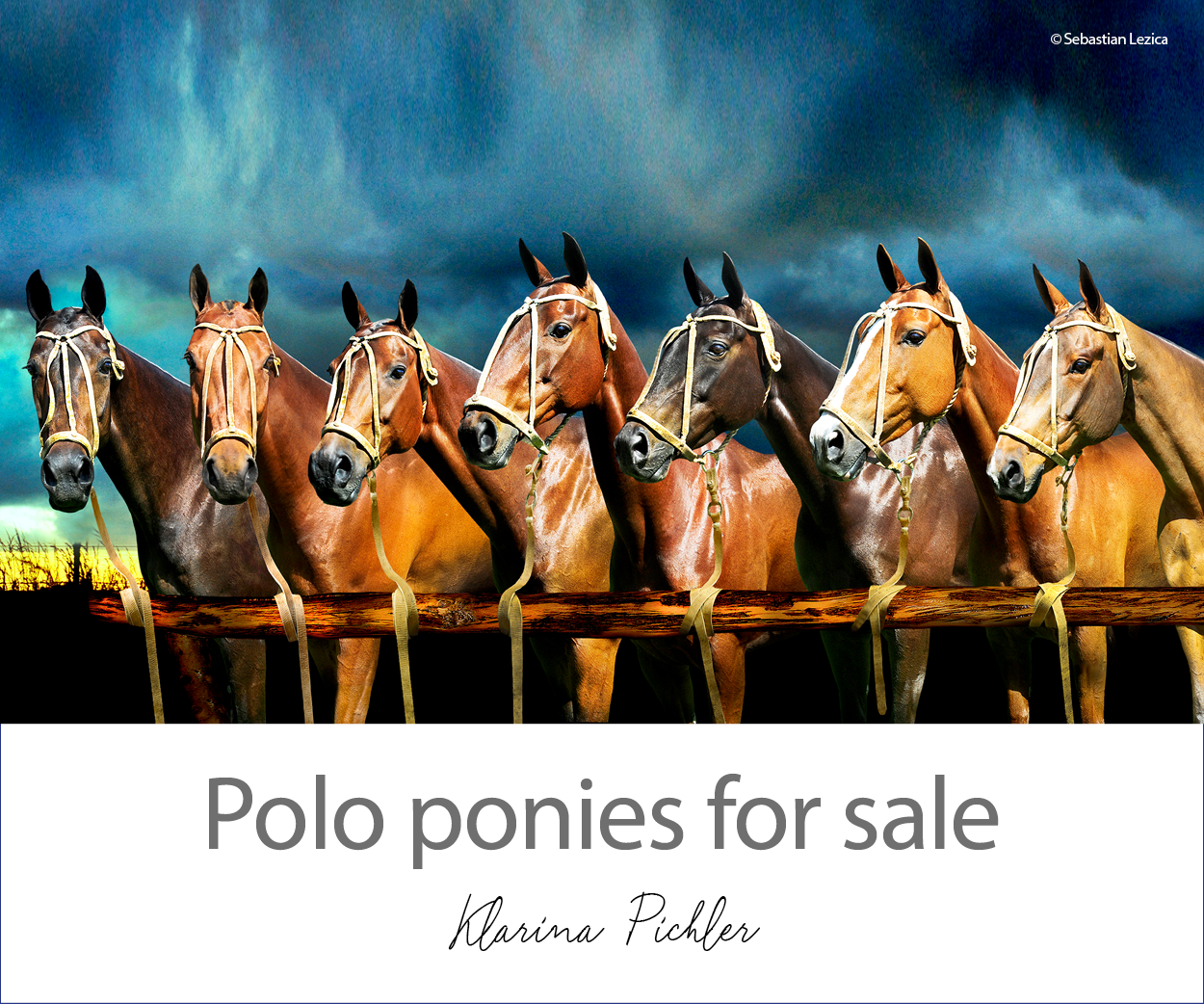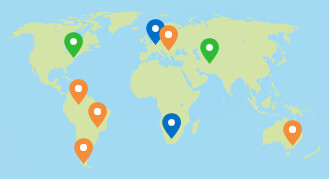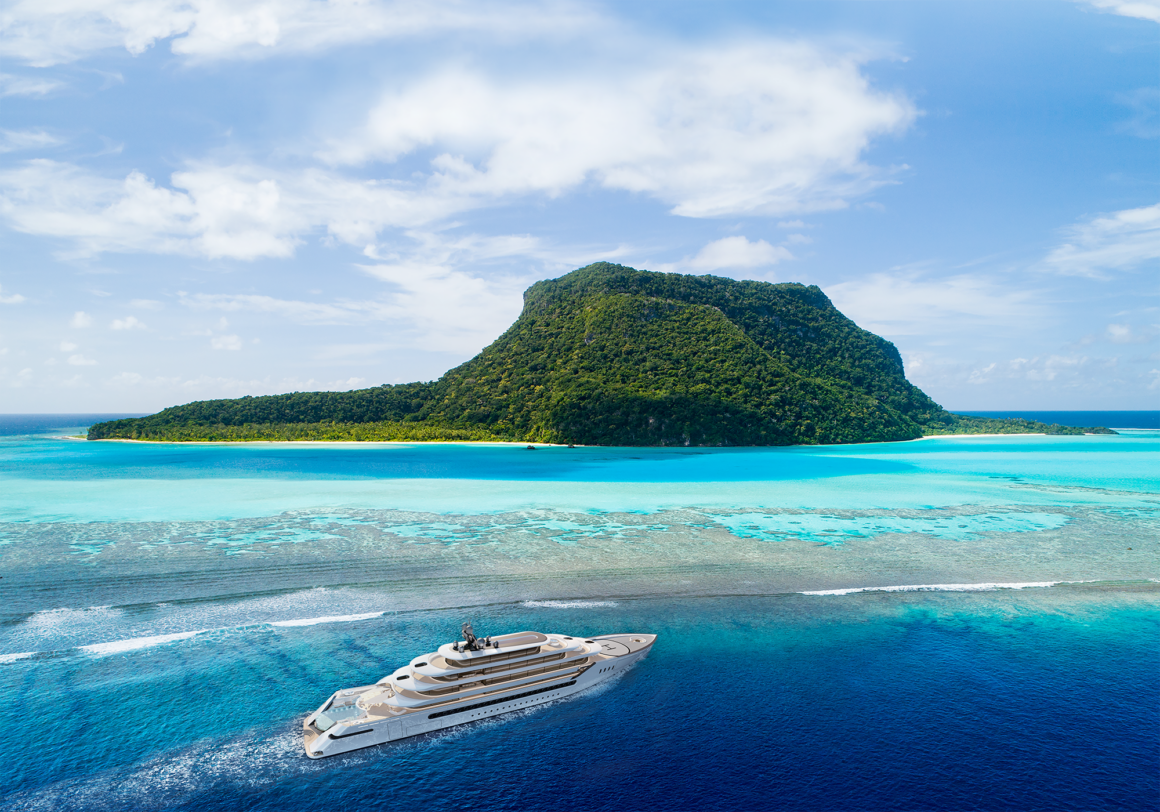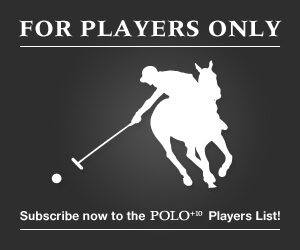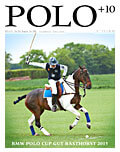Horses are flight animals, but what does this mean for us as horse lovers and riders?
When a horse senses danger, behavioral patterns based on vital and ancient instincts emerge. The ancestors of domesticated horses were prairie animals. Over the centuries, their body has evolved and adapted to the threats posed by predators by developing various anatomical and physiological features.
Already the physical appearance of the horse indicates its high specialization as an escape animal. Horses have a compact trunk and long, slender legs that are carried by hooves. They are so-called toe-walkers, which means that they bare their bodyweight on the part of the foot that corresponds to the human’s tip of the toe. In evolutionary terms, this adaptation has led to an elongation of the limbs and stride. In a sprint the horse can reach top speeds of up to 60 kilometers per hour.
A good sense of smell, big, very movable ears, and eyes located laterally on the head, allowing the horse to have almost a 360 ° angle of view – only a 10 ° range directly behind them, so to speak between their ears is not covered- allows them to perceive their environment.
When danger is eminent or an enemy approaches an instinctive cascade, called the “fight or flight response”, takes place in the horse’s body. The brain frees messenger substances that promote the release of excitatory hormones (epinephrine and norepinephrine) from the adrenal gland into the circulation pathway. This leads to a vasoconstriction in the peripheral circulation and to a depletion of the spleen (in this organ the horse stores red blood cells which can be released into the bloodstream, for example in the case of imminent danger and stress) resulting in an increase of the blood pressure and available blood volume. More blood is available to the horse’s powerful lungs resulting in a higher available oxygen supply of the muscles and organs needed to escape. Through the release of stimulating hormones the cortisol content in the blood also rises leading to higher blood sugar levels. This stress reaction of the body, which is needed for the flight response, also has negative metabolic effects. The immune system is affected, and temporarily other vital processes are neglected.
A further adaptation of the body is the special stay apparatus in the hindquarters of the horses. A temporary fixation of the kneecap allows the horses to sleep without physical and energetic effort while standing and thus always be ready to escape. Horses also need significantly less sleep than, for example, humans. 2 hours a day are already enough. These usually consist of short sleep phases of about 15 minutes, which can be achieved while standing. However, every horse needs to lay down in order to experience deep sleep phases.
The digestive system of the horses has also adapted to the threatening dangers of the prairies. In contrast to carnivores, the so-called predators, they have a small stomach and continuously feed on small amounts of roughage. No digestive nap after a big meal will hinder the flight if danger is eminent.
When we handle horses in every-day settings, work with them and prepare them for the demands of competing in sports at a top level we should always keep in mind the high degree of specialization of these flight animals.
If a horse is frightened or panics the mechanisms of the “fight or flight response” inevitably starts running. Since horses, unless they are cornered or a mare defends her foal, rarely respond to threats by attack, they will usually try to escape. This can create dangerous situations for the rider, groom and also for the horse. Many horses are frightened by unusual stimuli and situations and often react headless. They try to escape and no longer perceive their surroundings. We all know these situations. The lead rope is suddenly pulled through our hand, the horse spooks and jumps aside, rears-up, turns around, takes off in a wild gallop and so on. It is important to counteract this behavior with calm and patience and to build a basis of trust between man and horse. When we prepare horses from day to day for their mission it is important to teach them through positive reinforcement and targeted training that although they can rely on their instincts, they can also rely on us humans at their side. This way we will always have a great four-legged partner and good performer in the barn.
In addition, we should always make sure that our horses can come to rest, can lay down on a soft bedding of straw and have the ability to continuously feed on roughage.
If you have questions or are interested in a particular topic, please contact me personally (lena@poloplus10.com).
Photo: POLO+10/ Thomas Wirth


